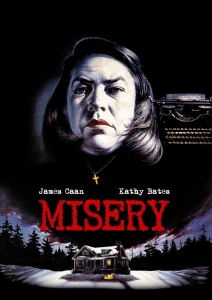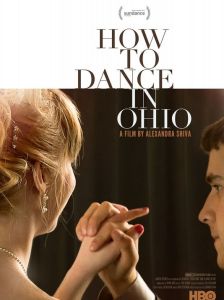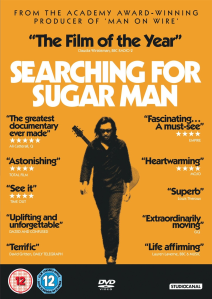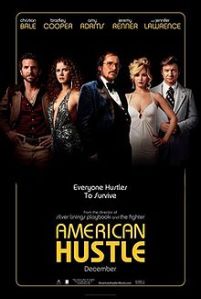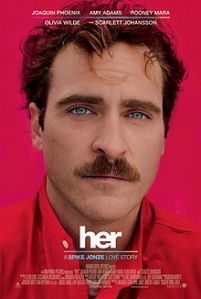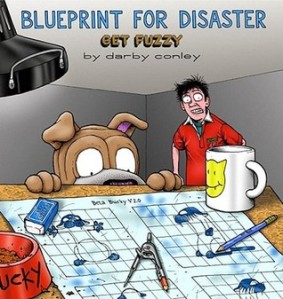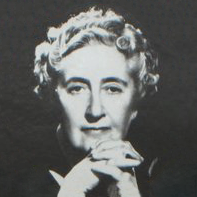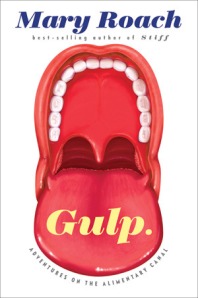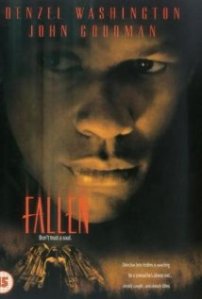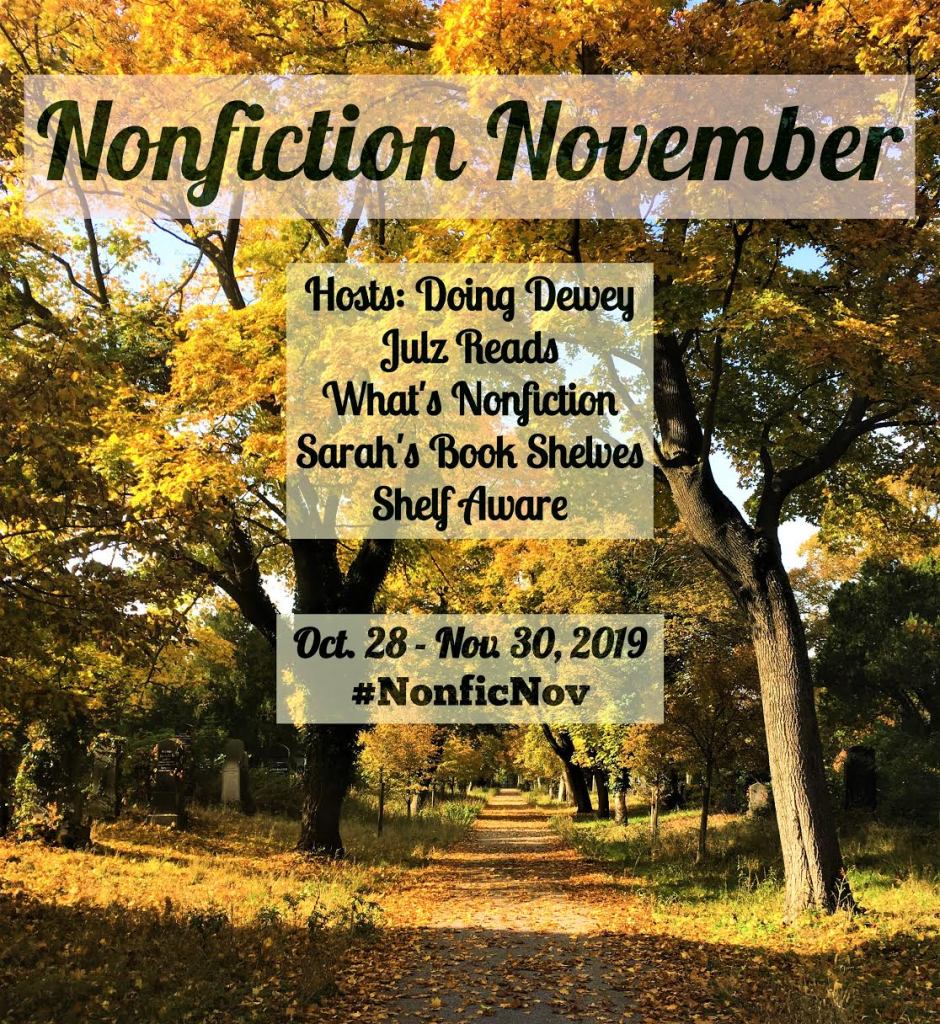
With Week 1 of Nonfiction November now completed, we’re on to Week 2. The task: to pair up a NF title with a fiction title.
Wanting to come up with choices that perhaps may be off the beaten path a bit, this was actually a little more challenging than I had first realized, but putting my Thinking Cap on, I came up with the following:
The 1936 edition of the Negro Motorist’s Green Book (the actual book itself, not the movie based on it) and Native Son, the 1940 novel written by Richard Wright.
The obvious connection between the two titles is that they are by (and about) persons of African descent who live in North America, but what’s less obvious is that they were both written within four years of each other and when one reads these as a package or sequentially, they add depth to each other, different though they may be. In my mind, it’s similar to the difference between watching something on normal TV and then watching it again in high definition. (Or it could even be compared to an experience in virtual reality (VR) if you’d like to move it to an even more digital plain.) Reading the two of them just adds so much more detail and depth to what would otherwise be a fairly superficial literary experience.
Let’s look a little more…
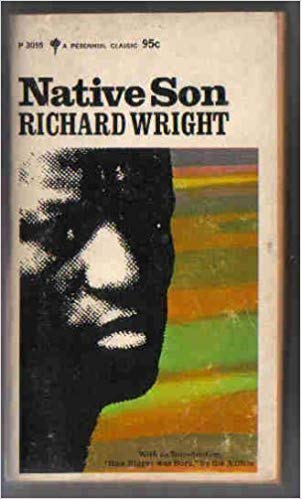
Wright’s Native Son has a narrative arc that follows a journey (of several types) undertaken by protagonist Bigger Thomas, born and living on the South Side of Chicago and whose journey is both literal (the story’s main catalyst is linked with his job as a chauffeur) and psychological (in terms of how the action impacts Bigger and his entire life, as well as that of the people who surround him).
The plot also clearly demonstrates the dichotomy between the interior (i.e. Bigger’s life and thoughts) and how they are necessarily impacted by the exterior (cultural, judicial, social/economic)…
But even if this is all sounds too academically intimidating for you, please don’t be put off by the literary criticism side of things: I have no qualms recommending Native Son for just an excellently good read. (This novel is a rollicking experience to leave you with lots of thoughts, even if you don’t notice or see these same aspects.I understand that not everyone is lit crit nerd! :-} )
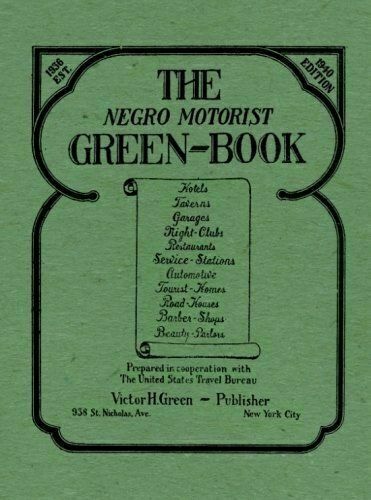
As a complementary read to this powerful title, I suggest the Negro Motorist’s Green Book (1936) which is a NF title* published as a guide book for African-American car drivers traveling throughout the U.S. at a time when it was dangerous and challenging for travelers such as themselves to find somewhere safe to eat, drink and stay when they were on the road.
So, allow me to set the stage for both of these reads.
Historically speaking, the later 1930s and early 1940s marked the middle-to -the-end of World War II and were a time of radical change for America in many ways. American soldiers (of all races) were returning home after military service armed with new job skills and experiences which would enable them to earn their entrance to the middle class, socio-economically speaking – a fact that particularly impacted African-Americans upon their return stateside.
For many African-Americans, their military service years had given them experiences abroad where they were given training and responsibilities far different than their lives had allowed prior to the battles. For the first time, quite a few African-Americans had been placed in battalions and given the same job duties (with similar levels of respect) as their white brothers-in-arms were given.
War impacted every soldier, regardless of what color his skin was, and so, when these servicemen (and they were mostly men, in terms of enlisted soldiers) returned home at the end of their military commitments, they had just survived life-changing experiences only to be expected to re-enter a Jim-Crow era of laws and cultural mores that had remained untouched from before they had left to fight abroad. Soldiers had just risked their lives for a country that now anticipated them to (re-)fit quietly back into the same old molds as before. Of course there were problems for all involved.
You can’t give a prisoner a taste of freedom and respect, and then expect them to squeeze back into their old cells without issue, and yet this was the case with these returning GIs. (If you’re interested in more details about African-American soldiers serving in the armed forces, you might try The Harlem Hellfighters by Max Brooks, a 2014 graphic novel about an all-black regiment who served in WWI. This link takes you to Goodreads since I don’t have a personal review for this (regrettably).)
So, despite the Negro Motorist travel guide being mentioned as published in 1936, it was actually updated and published every year between 1936 and 1966, so there would have been a new edition published in the same year as Native Son – the country had not changed that much for the average African-American, despite the ongoing war, and there would still have been the related Jim-Crow concerns for those with cars who travelled across the nation. Where to eat? Where to stay? How to stay alive when the sun went down to drive tomorrow?
So, to me, Native Son pairs well with the Green Book since it would have been a guidebook with which Bigger would have been familiar, particularly since his job was as a chauffeur, at least for a while. It also is a clear demonstration of some of the restraints and rules to which these returning soldiers would have had to bend, rules which impacted every aspect of the life of an African-American at that time.
When you read Bigger’s story and then fit it into the national and cultural landscape of the Green Book and of America at that time, it’s no wonder that the novel ends as it does. How could it have any other ending without turning it into a fantasy tale?
If your interest is at all piqued by this post, I highly recommend you take a delve into the history of African-Americans (and other POC/disenfranchised groups) in the U.S. It’s a fascinating rabbit hole with repercussions still echoing in the world of today.
For the other nonfiction November posts, check out these:
- NF November Week 1: The NF Reading so far…
- NF November Week 2: NF/F Pairing
- NF November Week 3: Expertise
- NF November Week 4: How do you Choose your NF Titles?
Many thanks to the hosts:
- Katie at Doing Dewey
- Julz at JulzReads
- Rennie at What’s Nonfiction
- Sarah at Sarah’s Book Shelves
- Leann of Shelf Aware
- I haven’t seen the movie, so can’t speak to that just now. Perhaps others have?

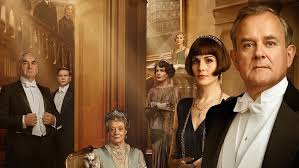

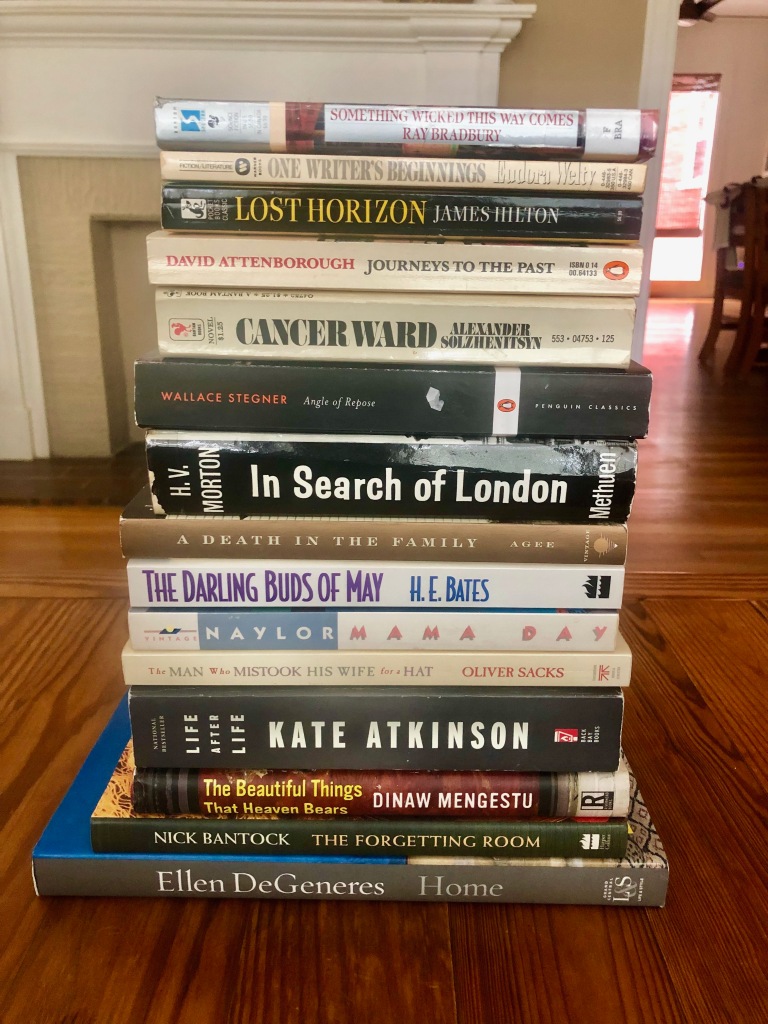

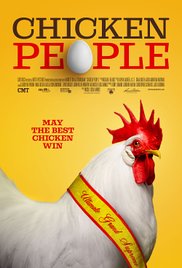 Every now and then, the Superhero and I like to catch a movie at home, and last weekend was time for me to choose the title, and full kudos to Superhero for going along with this, as he’s never sure what exactly I’m going to select and he’s going to watch.
Every now and then, the Superhero and I like to catch a movie at home, and last weekend was time for me to choose the title, and full kudos to Superhero for going along with this, as he’s never sure what exactly I’m going to select and he’s going to watch.
